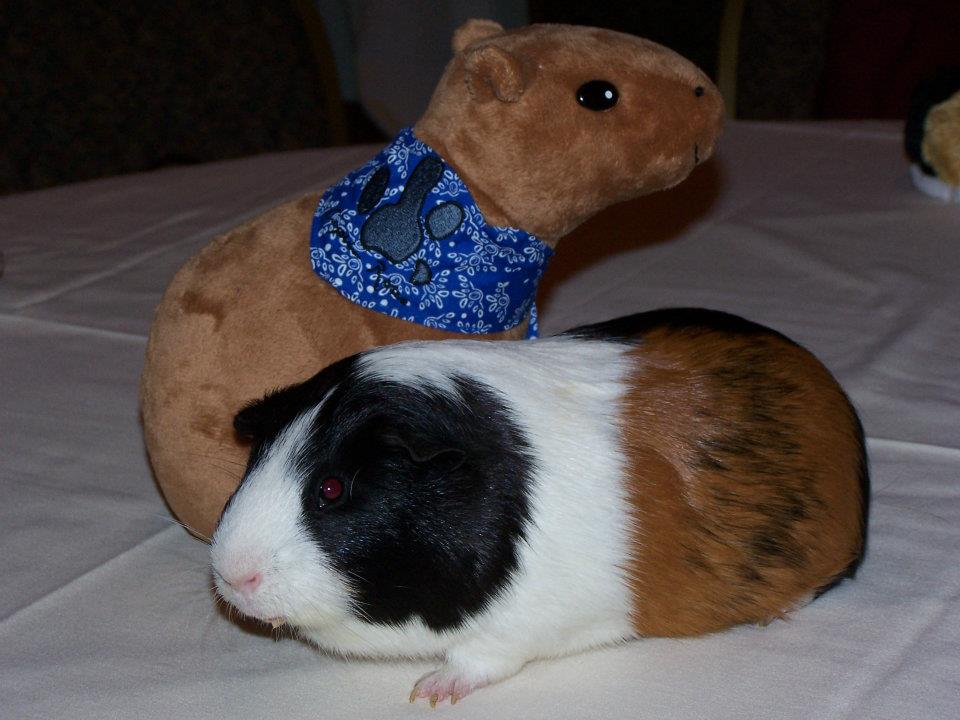Google Author Markup – The Paw Guide!
Guest post by Matt Beswick
It's been around for a while now, but Google's Author Markup is, in my opinion, still one of the most underused ways of making your blog stand out on Google's result pages. In short, it lets you add a little image of yourself, along with a link to your Google+ profile, whenever your site appears on a search result.
Because there's an image there your blog will stand out, which leads to more clicks (as much as an extra 20%!). The example below from our dog anatomy post show how this looks:
Getting Author Markup Implemented – The Easy Way
There's good news… for anyone who uses WordPress there's a really simple way to get this implemented. You'll want to install Yoast's WordPress Plugin, and then follow the simple steps here: http://yoast.com/push-rel-author-head/ The only extra thing that's not mentioned in that post is to add your blog to your Google+ profile (see Step 2 below).
Getting Author Markup Implemented – The Tricky Way
Step 1: Get a Google+ Account
Any self respecting blogger or site owner will have done this by now (and if you haven't, you really need to)! As time goes on it's going to become more and more important to start using this social network for the simple reason that Google wants you to. They've already made a few moves to push site owners into having to use G+ and, from what I can see, that motivator is only ever going to get stronger.
Step 2: Link your sites with your Google+ profile
First you'll need to go to your Google+ profile, and then 'edit' it…
Next, add yourself as a 'Contributor' to your blog, and any other sites that you write for. I tend to just add the homepage here, but if it's a site that has multiple authors (like BlogPaws) then just link to your author bio page.
On the right side of the “About” page of your Google+ profile, there is a place to add “Contributor to” links. Link to your content from here. If you have a bio page on your blog, link to this bio. If you don’t have a bio page, link directly to the post itself.
Step 3: Add some code to your own site:
Finally, you'll need to link your site back to your Google+ profile. There are a few ways of doing this, with the easiest being to add the following link in the 'about the author' section of each post. You could do this with a plugin or custom code (I'm not going to cover that here as there are so many options depending on the CMS that you're using).
<a rel="author" "href="https://plus.google.com/u/0/YOUR_PROFILE_ID?rel=author">
For more information on this, take a look at Google's instruction page.
How to Test the Implementation
The rich snippets testing tool is used to test the implementation. Each author page and content page must be checked independently to determine if the links have been implemented properly. Just enter the URL you want to check – here's an example from one of my blogs – and you'll either see an example of your rich snippet or a list of reasons as to why it hasn't worked.
The Final Woof
Author markup isn't just a great way of making your posts stand out on search pages – it's also a means by which we can start to raise your profile. The phrase 'personal brand' is massively overused in the blogging world, but really we're all about self promotion – as someone who offers services, as well as blogging, I've definitely noticed an increase in potential customers finding me by name since implementing this.
If people start to see your smiling face every time they look for a cat product review, there's a good chance that they'll remember who you are and start looking for you by name. From there they could become a subscriber to your blog, follow you on Twitter, and tell their friends about your amazing work. So go on – spend some time and get this implemented!



Thanks for the post on Google Author Markup. Do you have any examples that you can share that show an increase in click through as a result of adding the Google Author Markup?
By the way, one other thing for people who are impatient like me. It took about 5 days after I implemented Google Author Markup before I started seeing my profile image in search results.
Thanks for sharing such a nice idea, article is good, thats why i have read it completely